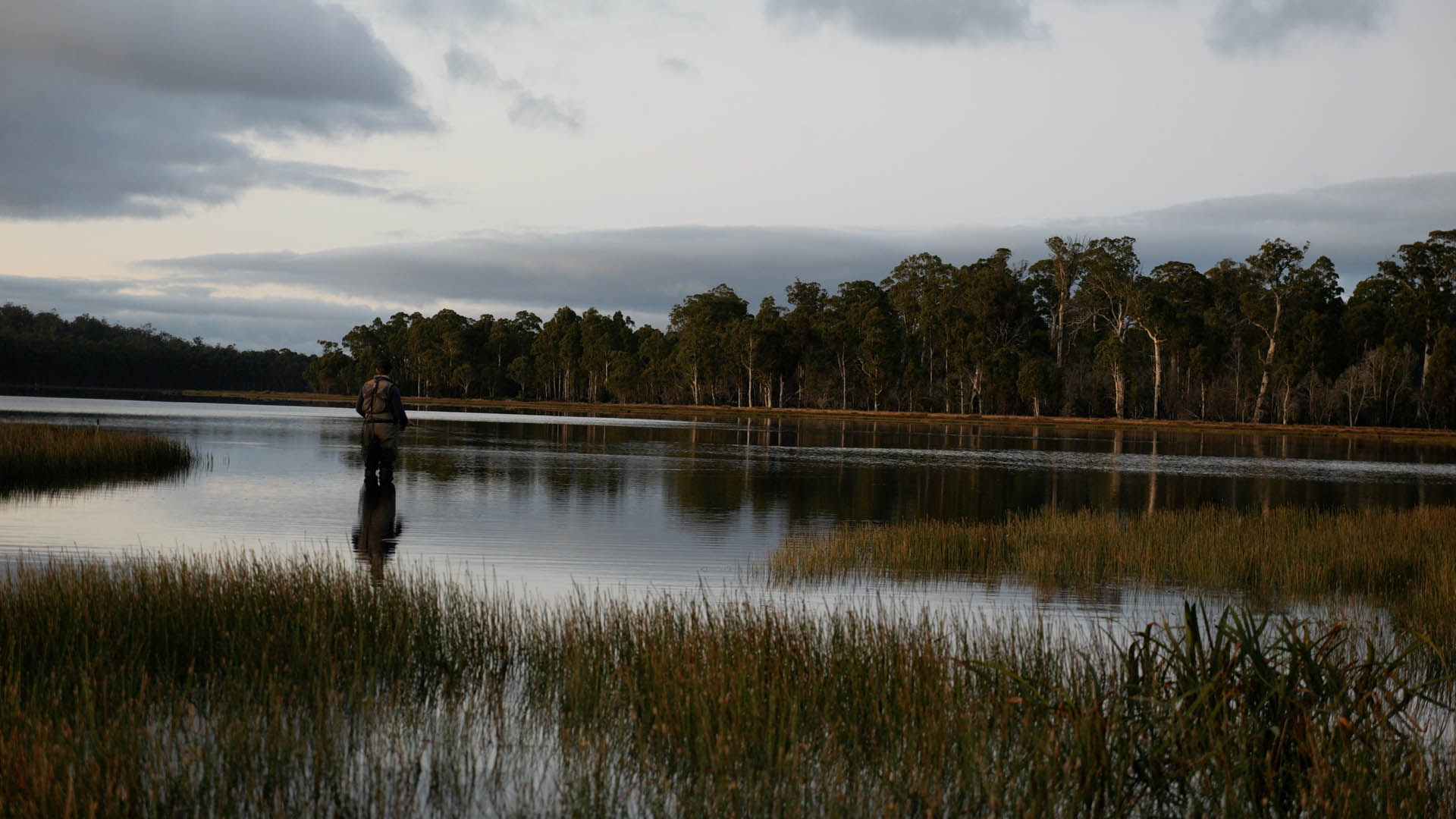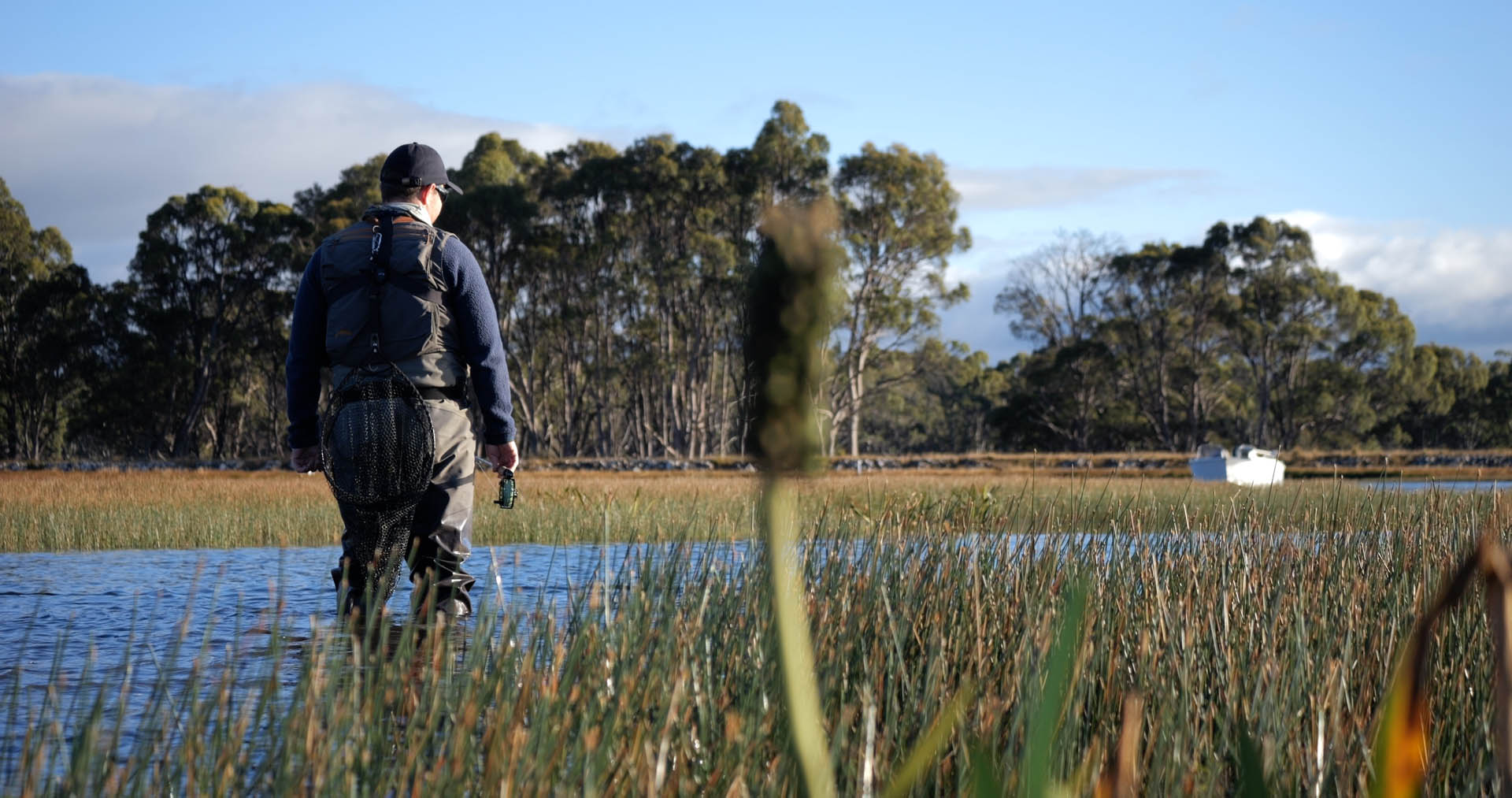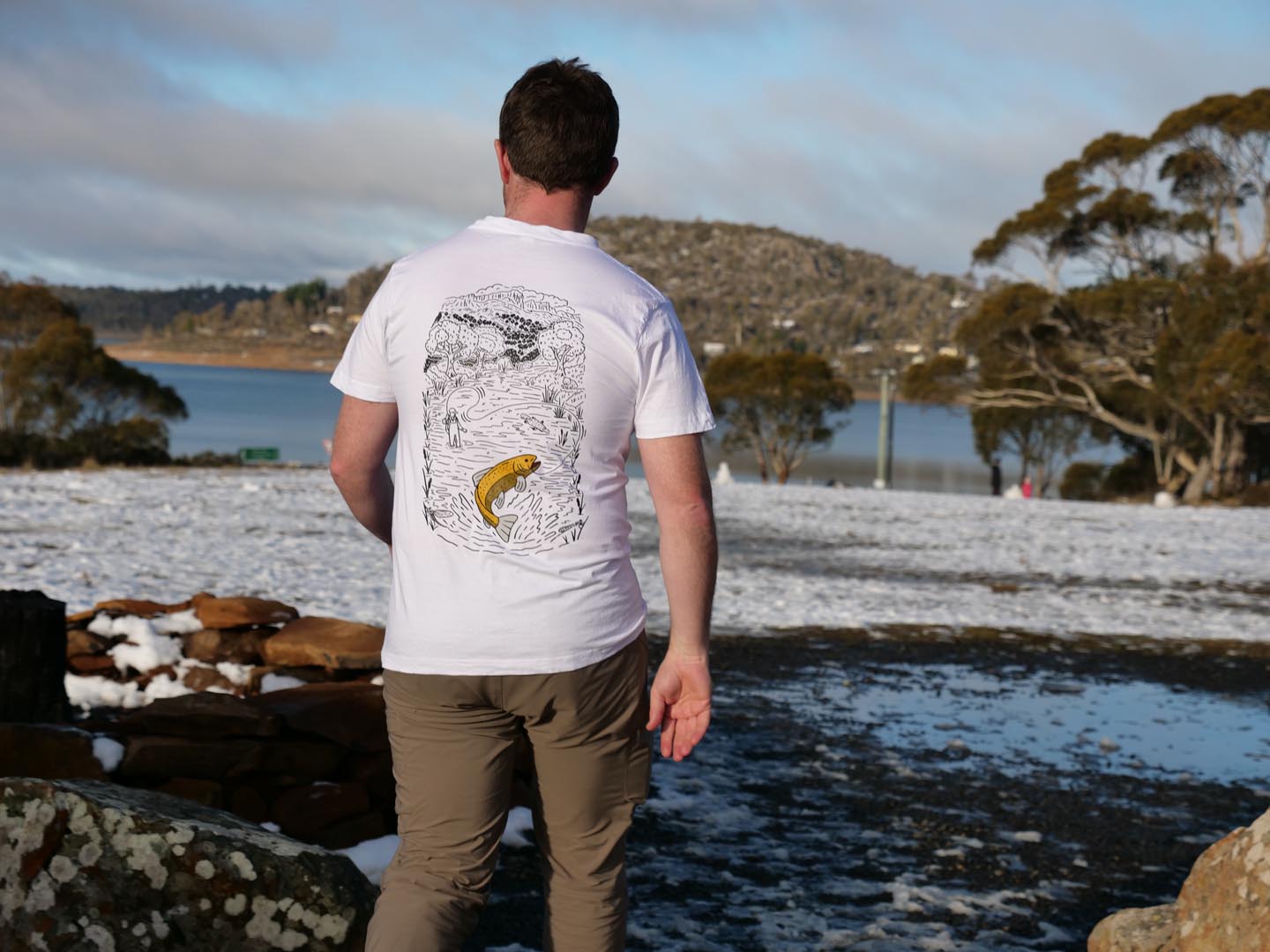For most anglers in Tasmania, trout flies are undoubtedly the most fascinating component of a fly-fishing set-up, offering endless possibilities for success on Tasmanian waters.
With endless patterns tied in different materials, colour combinations, hook sizes and styles, one can simply never have too many flies... or can they?
In this article we dive in the world of flies, fly selection and some of our favourite and most successful patterns for Tasmanian waters.
Types of Flies For Fishing in Tasmania
For the best results when trout fly fishing in Tasmania, flies can be separated into three categories:
- dry flies
- nymphs and
- streamers (or wet flies)
Breaking the trout flies Tasmania down into these categories can be an easy way to organise your fly boxes and help with making the right selection on any given day. Here's some more information on the type of flies to choose from:
Dry flies
These are patterns which float, sitting on top of the water imitating an insect which is in the process of, or has already hatched into the adult stage of its life cycle. Insects such as mayfly, caddis, damsel flies, beetles and grasshoppers are common fly imitations. A range of materials are used for tying dry flies, however materials with good buoyancy are a must. Fishing with dry flies is for many anglers, the pinnacle of fly fishing, as the visual aspect of seeing a trout rise to eat your dry fly provides many memorable moments.
Nymphs
Often representing similar insects as those of dry fly patterns, nymphs imitate the larvae stage of the insect’s life cycle, which trout will also feed on heavily on particular days. These flies are fished below the surface of the water and slowly retrieved to imitate the nymph swimming to the top of the water in preparation to break out its exoskeleton (outer casing) and hatch into its adult form.
Streamers (or Wet Flies)
Generally larger in size and used to imitate a range of aquatic animals such as small baitfish, damsels, frogs, and tadpoles. Streamers come in a range of sizes and colours and incorporate either a weighted bead head or wire wrapping to achieve the desired depth when fishing. Streamers are cast out and left to sink for a few seconds before retrieving reasonably quickly, to imitate a baitfish searching for safety.
The importance of fly selection
Fly selection is often the first element that anglers consider when fishing in Tasmania – if the fish aren’t biting, it must be the fly, right? Wrong.
Having the right flies does play a part in a successful day on the water, however fly selection is the last piece of the puzzle and there are many other elements to consider before you get to the stage of opening your fly box and tying on a fly.
Choosing the right location, assessing weather conditions, considering the time of year, selecting the right technique to use, observing water type and depth, and presenting the fly to the fish in a way that looks natural are all far more important aspects to consider, and having one or more of these aspects wrong will usually be the reason the trout aren’t eating your fly.
Blog post: Our ultimate guide to the 2022/23 Tasmanian Trout Fly Fishing Season.
Once you are confident you have ticked all the other boxes, then fly selection comes into play. When fishing dry flies and nymphs, using the correct size and style of fly to imitate insects you observe on or just below the surface can be the difference between getting a trout to eat your fly or experiencing a frustrating refusal. If you see a trout refuse your fly, try adjusting size slightly before presenting it again.
When fishing with streamer style flies, try to consider water depth, clarity and bottom structure to decide the weight and size of your fly, and observe the weather conditions to help with selecting colour (generally brighter colours are more effective on overcast, windy days and darker colours are better on bright, calm days).

Tasmanian flies patterns
There are endless variations of Tasmanian flies, all of which can be successful on the right day. To simplify things, we have chosen our top three flies in each category – dry fly, nymph, and streamer.
Our top three flies for each category are:
Our top three Tasmanian dry flies
- Possum Emerger
- Royal Wulff
- Red Tag
Our top three Tasmanian nymphs
- Claret Nymph
- Black Seals Fur Nymph
- Pheasant Tail Nymph
Our top three Tasmanian streamer flies
- Orange Beaded Damsel
- MKII Woolly Bugger
- Humongous
To get out and learn more about trout fly fishing in Tasmania and experience a world class trout fishery, check out our fishing and charter packages and get in touch with Trout Tales today.
Feature Posts
Ready to book A trip?
Experience all of what fishing in Tasmania has to offer through a personalised fly fishing tour.
Book Now





